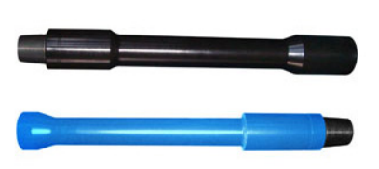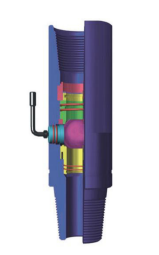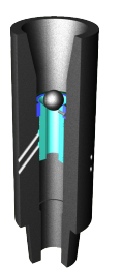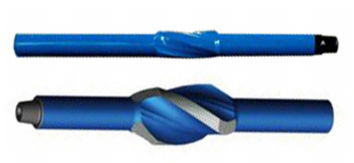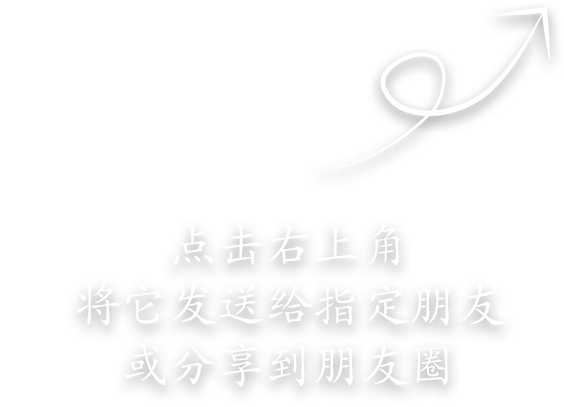Dart-Type Float Valve Working Principle in Petroleum Drilling
Core Functional Overview
The dart-type float valve serves as a critical internal blowout prevention tool through its intelligent opening-closing mechanism achieving three key functions:
-During normal circulation: Maintains open position for unrestricted mud flow
-During connections: Prevents cuttings backflow to protect bit nozzles
-During kicks/blowouts: Automatically closes to create drill string barrier
Phase-by-Phase Working Mechanism
1. Normal Drilling Phase - Valve Open
Operating Condition | Valve Position | Hydraulic Action | Mud Flow Path |
Pumps operating | Forced open | Mud pressure > spring preload | Top-down normal circulation |
High flow rate | Maximum opening | Hydraulic force compresses spring | Minimum flow resistance |
Working Principle: |
Drilling pumps generate hydraulic pressure pushing the dart downward against spring force, creating maximum flow area with minimal flow resistance.
2. Connection Operations - Automatic Backflow Prevention
Operation Phase | Valve Action | Protection Function | Result |
Pump stoppage | Spring-assisted closure | Prevents static backflow | Blocks return path |
During connection | Fully sealed | Prevents cuttings ingress | Maintains string cleanliness |
Key Technology:
Spring preload design: Ensures instant response when pumps stop
Tapered seal structure: Creates metal-to-metal hard seal
3. Kick/Blowout Situations - Emergency Sealing
Abnormal Condition | Trigger Mechanism | Sealing Action | Safety Outcome |
Kick occurrence | Pressure differential drive | Automatic rapid closure | Prevents fluid influx |
Blowout emergency | Dual action | Spring + pressure differential synergy | Double protection sealing |
Safety Mechanisms:
Pressure differential sensing: Automatically triggers closure when annulus pressure rises
Rapid response: Completes sealing within 0.5-2 seconds
Core Components Functional Analysis
Spring Compensation System
Preload adjustment: Modifies closing sensitivity based on well depth
Fatigue resistance: High-cycle service life ensures reliability
Temperature adaptation: Stable performance from -50°C to 175°C
Technical Parameters & Performance Indicators
Pressure Rating Selection
Well Condition | Recommended Rating | Applicable Depth | Special Requirements |
Conventional drilling | 5,000psi | ≤5,000 meters | Standard configuration |
Deep/ultra-deep wells | 10,000psi | >5,000 meters | Enhanced design |
High-pressure formations | 15,000psi | High-pressure zones | Special certification |
Performance Assurance Measures
Material selection: 4140 alloy steel body with surface hardening
Seal testing: 100% factory pressure testing
API certification: Complies with API Spec 7-1 standard
Quality tracking: Unique serial numbers for full lifecycle tracking
Field Application Considerations
-Installation Requirements
Connect directly above drill collar or in drill string
Ensure flow path is clean and debris-free
Make up to specified torque
-Maintenance Points
Regular spring performance checks
Clean tapered seal surfaces
Record service hours and replace timely


